
-
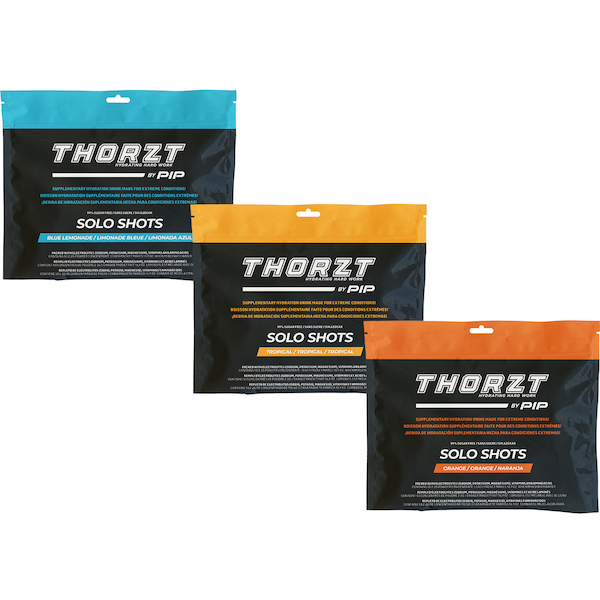 HydrationTHORZT™SSSF
HydrationTHORZT™SSSF
-
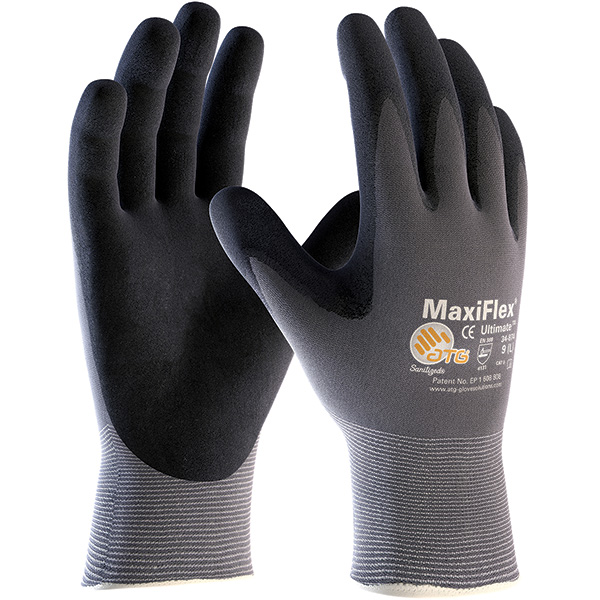 General Purpose Gloves - CoatedMaxiFlex® Ultimate™34-874
General Purpose Gloves - CoatedMaxiFlex® Ultimate™34-874
-
 Cut Resistant GlovesMaxiFlex® Cut™34-8743
Cut Resistant GlovesMaxiFlex® Cut™34-8743
-
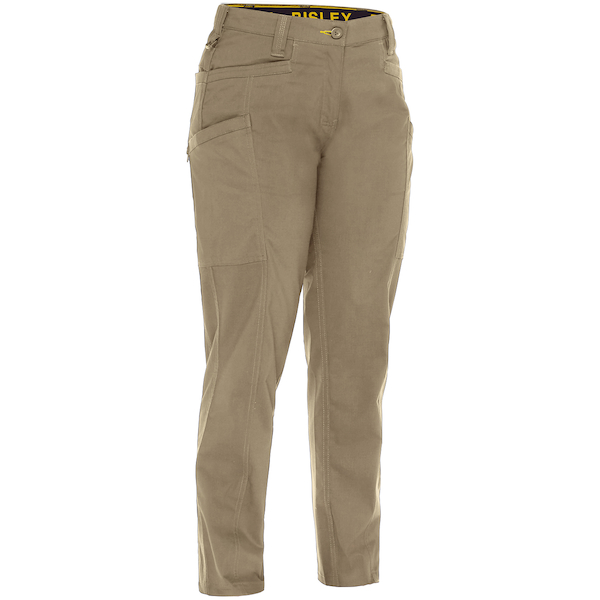 Work ApparelBisley®411W6150
Work ApparelBisley®411W6150
-
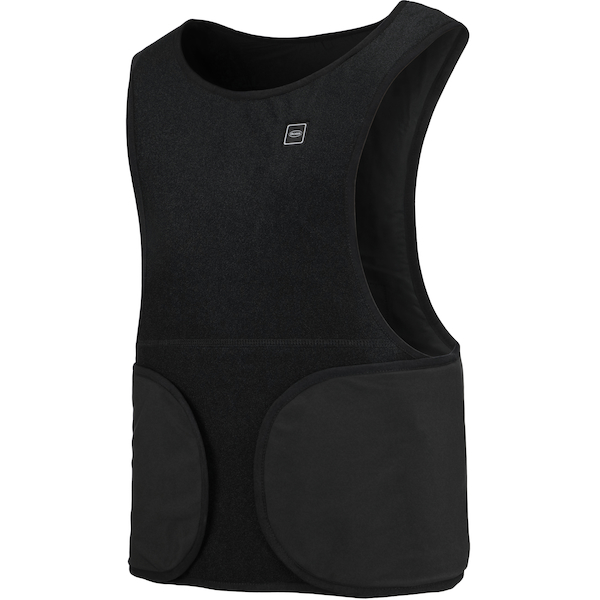 Heated ApparelBoss®300-HV100
Heated ApparelBoss®300-HV100
-
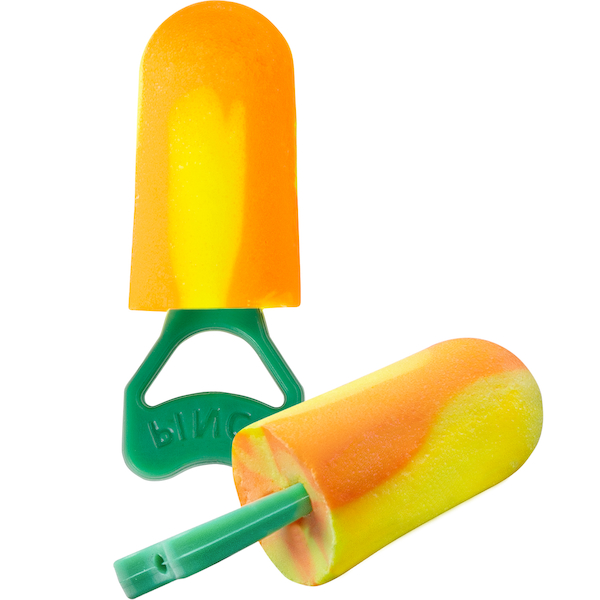 Ear PlugsPinchfit™ BioSoft™PF-1
Ear PlugsPinchfit™ BioSoft™PF-1
-
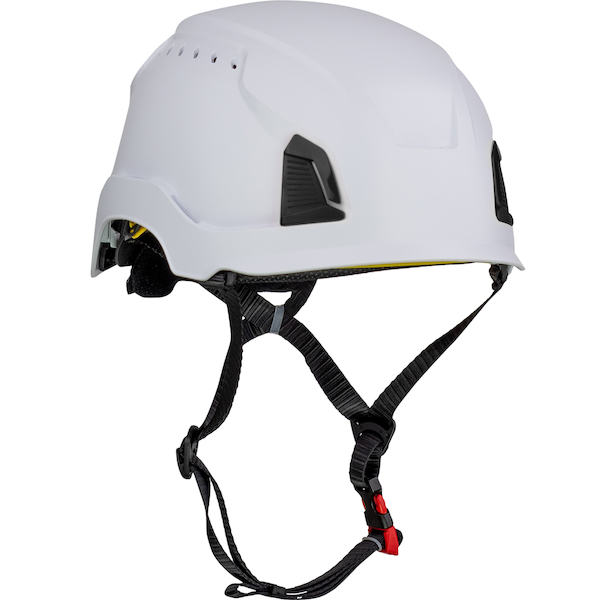 Safety HelmetsTraverse™280-HP1491RVM
Safety HelmetsTraverse™280-HP1491RVM
-
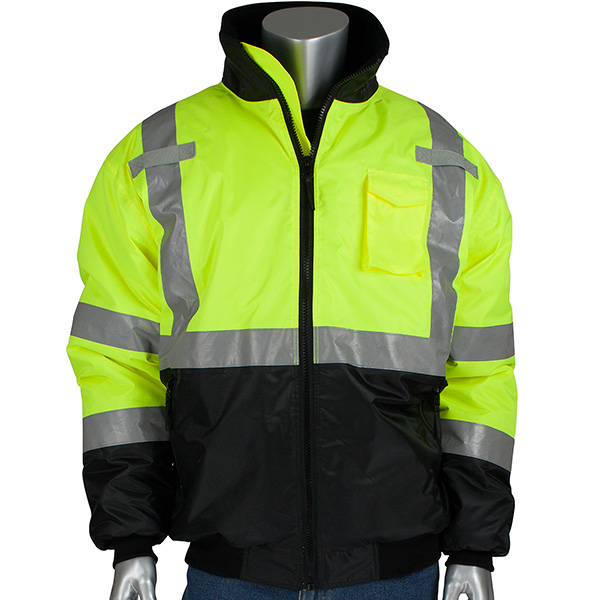 Hi-Vis Cold GearPIP®333-1740
Hi-Vis Cold GearPIP®333-1740
-
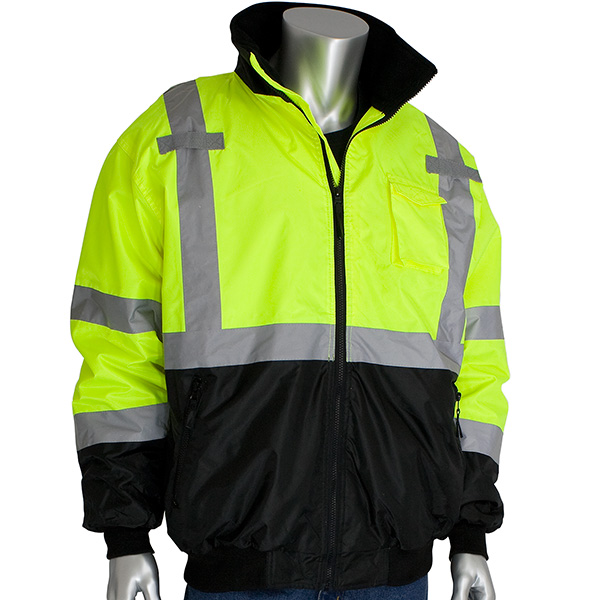 Hi-Vis Cold GearPIP®333-1766
Hi-Vis Cold GearPIP®333-1766
-
 Safety HelmetsTraverse™280-HP1491RM
Safety HelmetsTraverse™280-HP1491RM
-
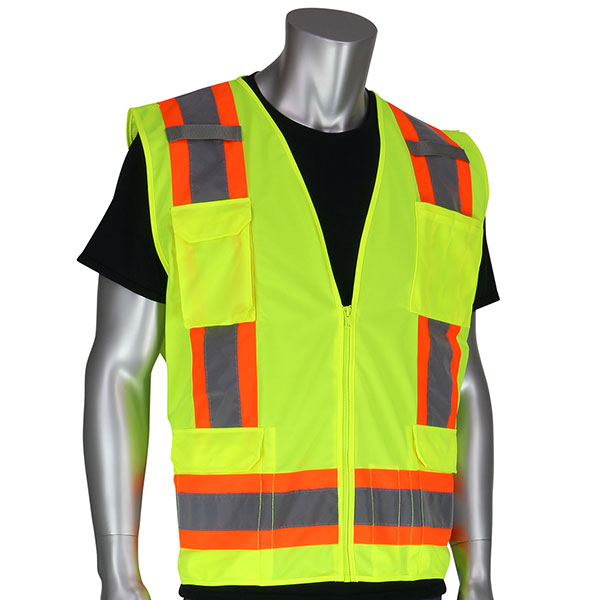 Hi-Vis ApparelPIP®302-0500
Hi-Vis ApparelPIP®302-0500
-
 Cut Resistant GlovesMaxiCut® Ultra™44-3745
Cut Resistant GlovesMaxiCut® Ultra™44-3745


















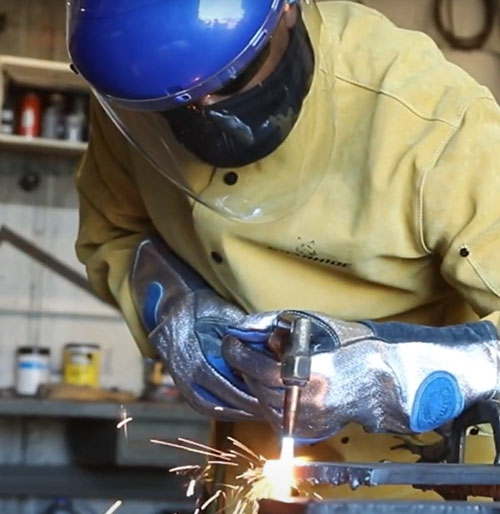

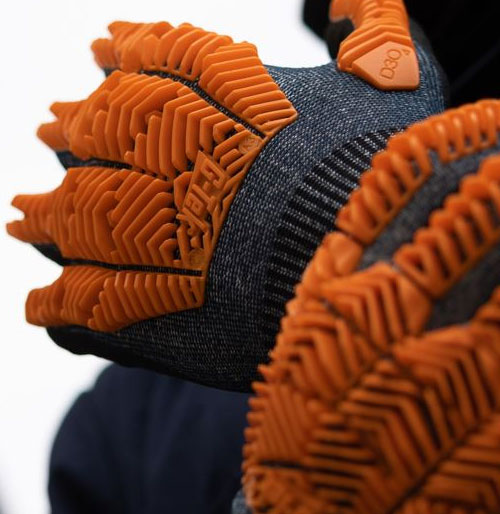
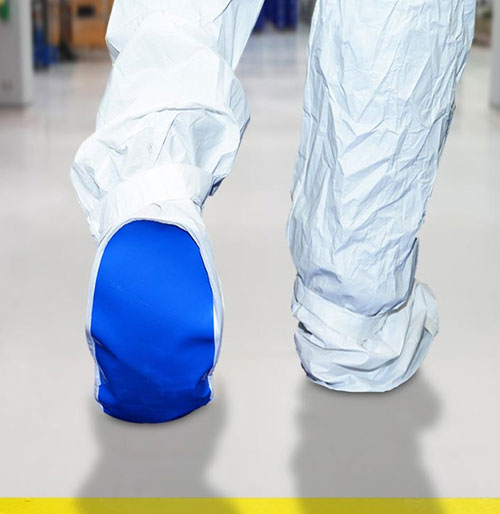

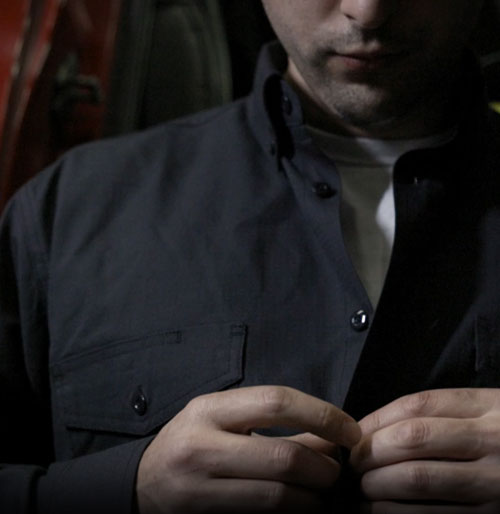
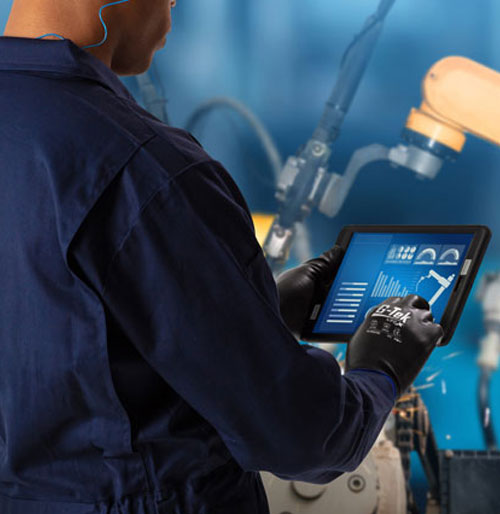

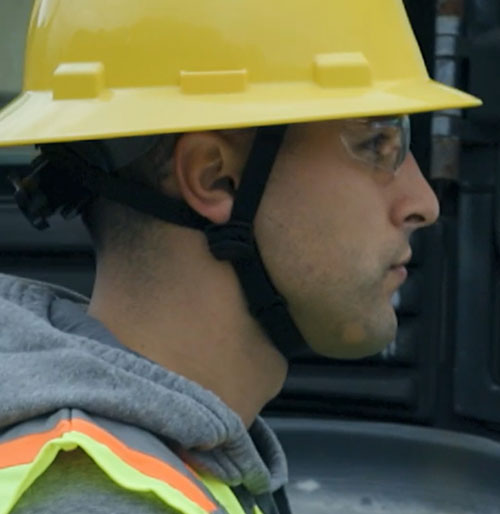
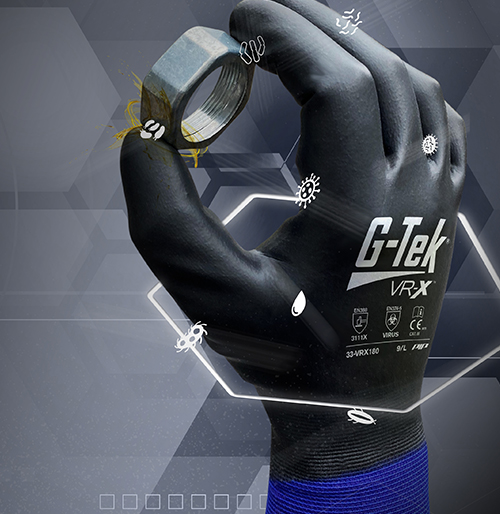
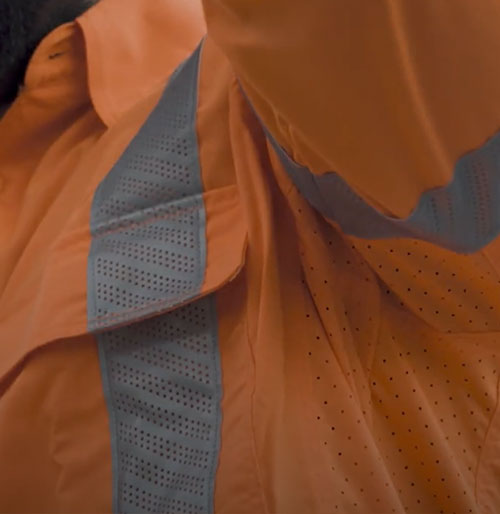



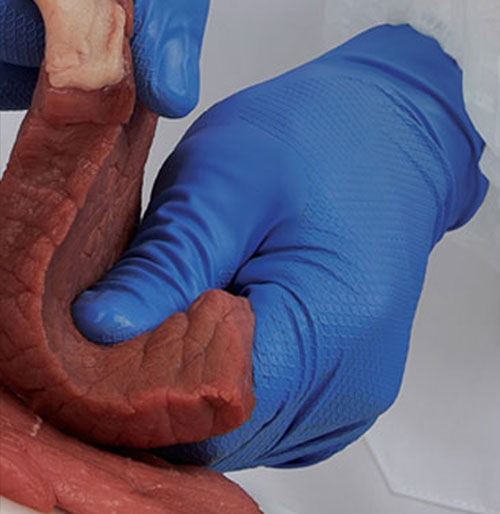

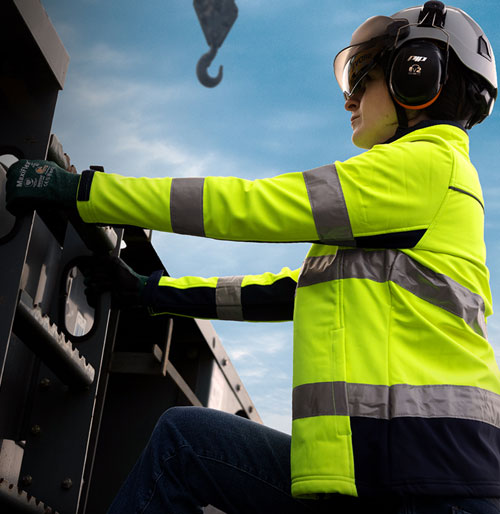

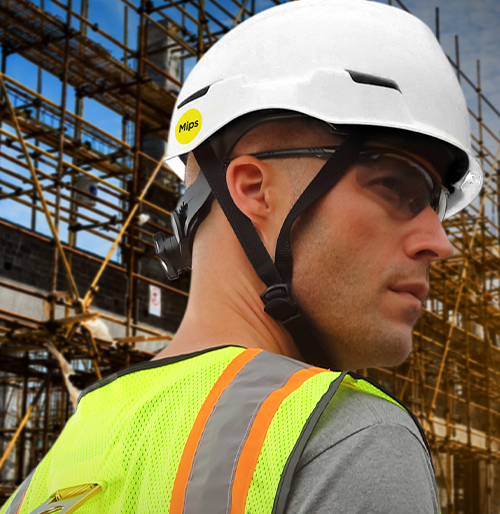
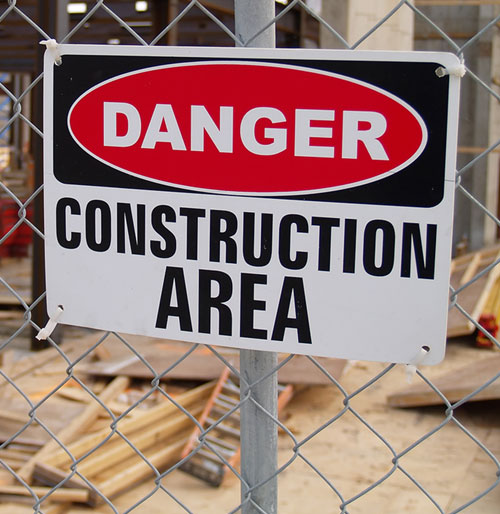
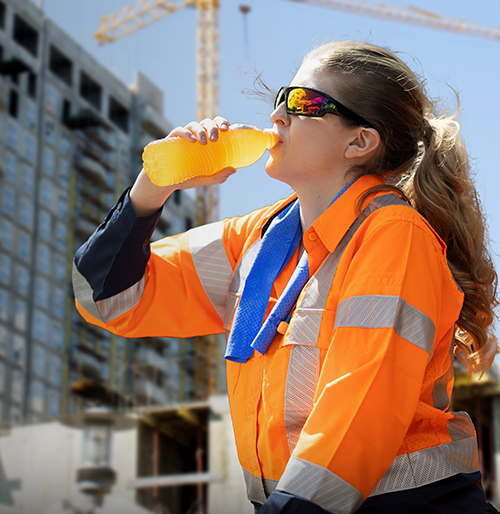

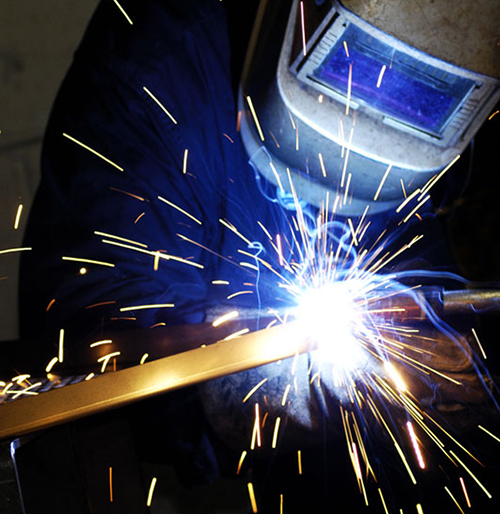
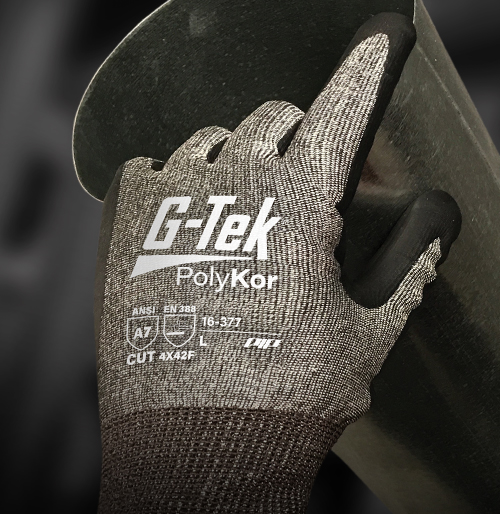



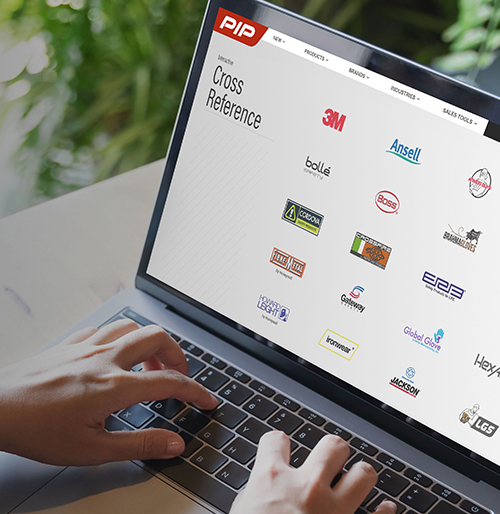

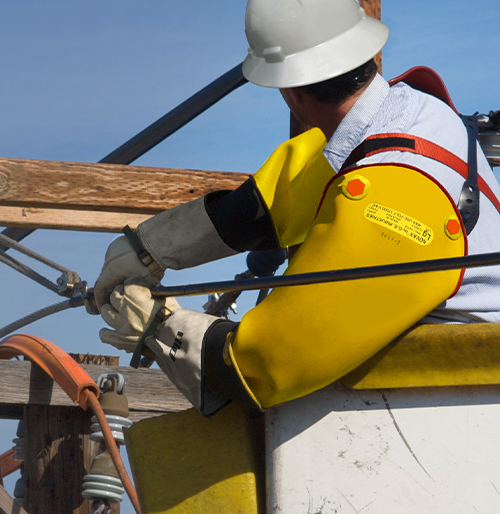




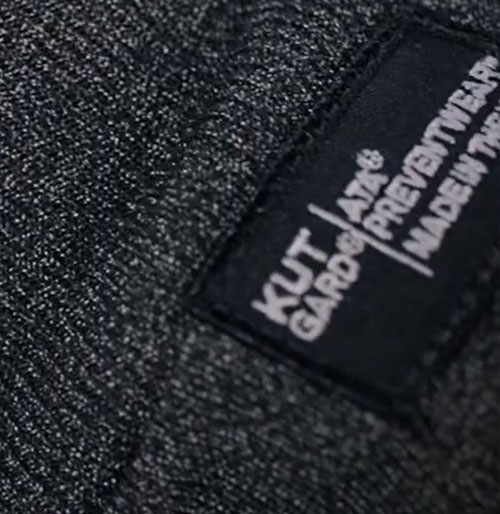
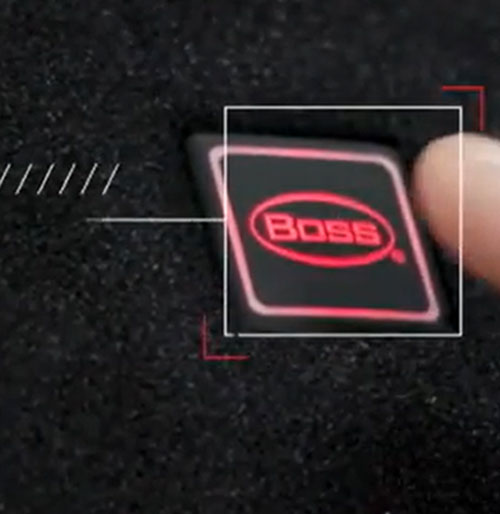

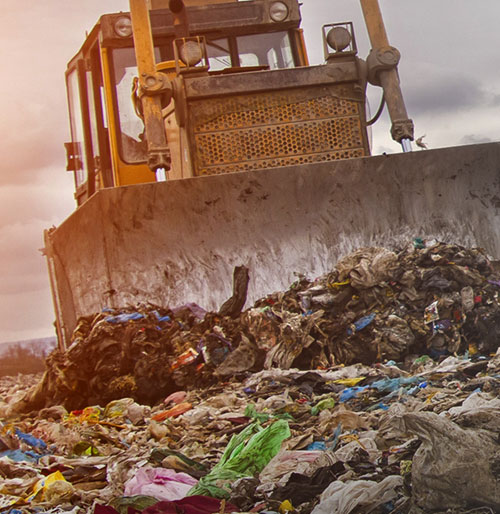





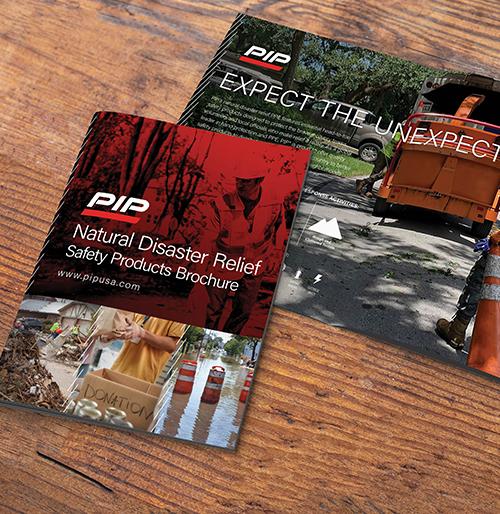
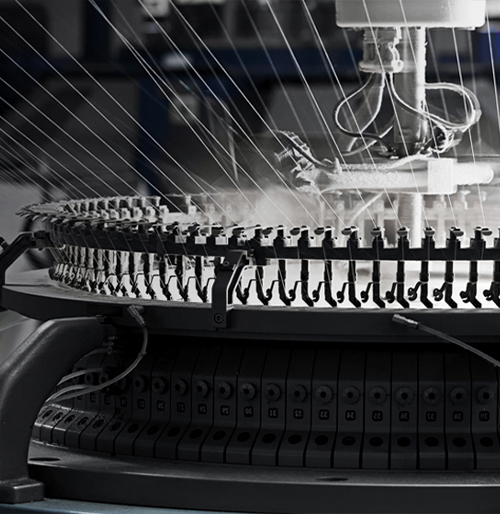
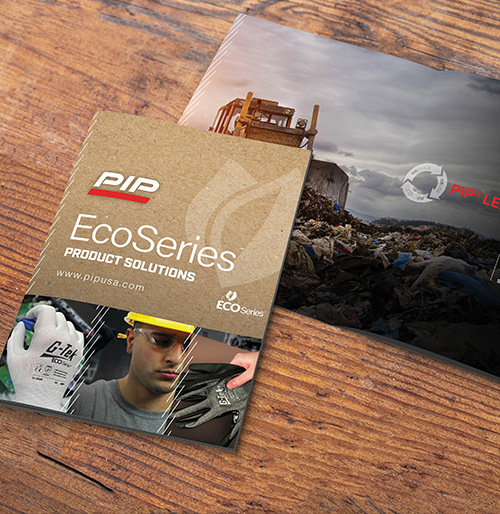
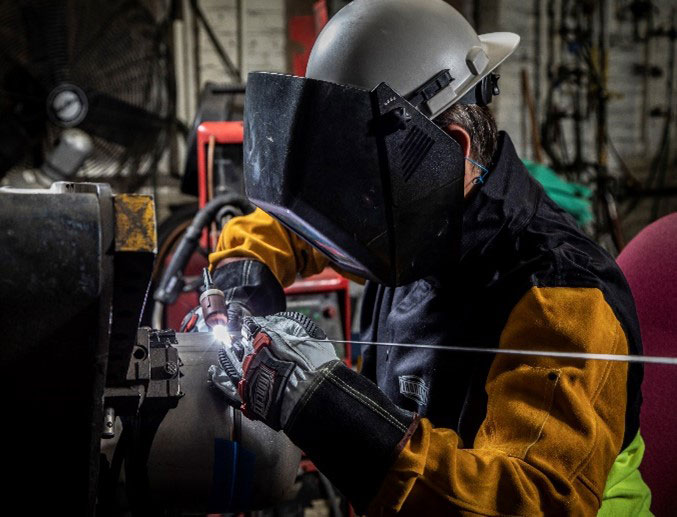
 To reiterate, the typical pain points of traditional welding gloves make them very difficult to use before and after the welding process. Simply put, they’re just too bulky, ill-fitting and clumsy to handle objects and tools with any precision or control. However, PIP® has a variety of styles that provide the protection welders need without sacrificing performance in all phases of the welding process.
To reiterate, the typical pain points of traditional welding gloves make them very difficult to use before and after the welding process. Simply put, they’re just too bulky, ill-fitting and clumsy to handle objects and tools with any precision or control. However, PIP® has a variety of styles that provide the protection welders need without sacrificing performance in all phases of the welding process. The
The 
 The newly designed
The newly designed 